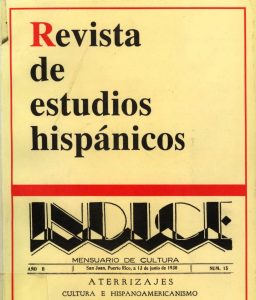Resumen
"Don Benito el garbancero," to the chagrin of those who bestowed that name upon the prolific author to censure him for his use of "vulgar" language, created a narrator who charms readers with his familiar, colloquial discourse throughout the four parts of his tale Fortunata y Jacinta. This amiable but unreliable narrator,1 a member of his own novelistic world, and more specifically, of the upper-class bourgeois society of the Santa Cruz family, uses familiar language to highlight his presence as well as to effect shifts in focalization. The careful reader, whom the narrator includes in his circle with him, is led to see the narrator as one more character in the novel; his discourse is filled with the same amicable, colloquial expressions and chattiness that are present in other characters' language. Understanding the narrator's identification with his environment, as well as the role of his familiar language as his intrusions in the narration diminish, is the key to perceiving the implied author, or ideology, of this work.2

Esta obra está bajo una licencia internacional Creative Commons Atribución-NoComercial 4.0.

